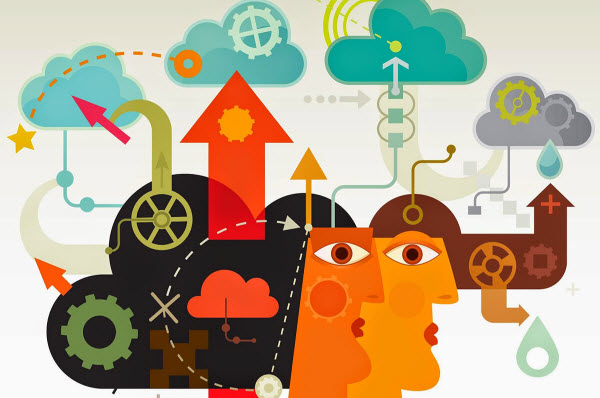This is done by actively collecting data from them – like tracking their behaviors on you website, asking questions in a survey, archiving and frequently reviewing live chat queries, etc. There are many places you can draw something from to understand your customers better.
Okay – having the data is not a hard one. The harder comes in what is next. If you’re having many ingredients yet haven’t known how to put them together, this article will help you. Let’s see how customer service data should be utilized to get inside your customer’s mind!
Collect customer service data as a unified customer’s journey

The first thing to do with your customer service data is to chop it into different small pieces and then, classify different information into different groups. Each group should be a specific type of customer’s journey so you can define specific suitable solution for each type of customers.
So basically, you need to look at your data and ask:
- How many types of customers whose data are collected?
- What are the behaviors that can be grouped for each type of customers?
- What is the general behavior process of each group?
With those questions, you’ll be able to draft out a personal customer journey for each desirable group of customer you’re having. By chopping and grouping data into classified groups, it’s easier to work out the solution you need to improve your business.
For example, who are the users of your product, who are the one that have an influence on how your product should be improved (or the influencers), etc. You can easily use this information to later personalize your customer experience with your service.
Analyze what you have
After having all the customer’s journeys, now you should dig deeper in each group to find customer’s pain points to solve them.
If you are paying enough attention to customer service, you already know what your customer’s problems are. With looking at a comprehensive customer’s journey and multi-channel data, you can do better by looking deeper into the root of the problem and therefore, find the solutions more quickly and more effectively.
Excavating customer service data also helps you build a map of different touch-points on your customer’s journey. Go closely with customer’s persona and each pattern of their journey, you’ll have a rich collection of scenarios of customer engagement around your brand.
Make predictions

With the customer journey and a map of customer’s behaviors, making predictions or let’s call them “expected reactions from customers toward specific even” is easier. Predictive analysis helps you improve your customer service’s quality, avoid problems before they escalate – this also helps you save much on support cost as well as keeping customers stay.
I need to say that one of the best things about collecting current customer’s data is that it allows you to make assumption for future customers and their reactions – like, consumption of customer’s habits, their preferences, interactions… With these assumptions, you can proactively set up desirable actions for both existing and future customers. Guess what you gain from that? Absolutely much better customer experience. Hence, more customers. More loyal ones too.
Look at the overall picture
Now is the era of multi-channel customer service. Your data comes from many platforms, not just one – your website, phone call support service, email, ticket, live chat, social media channels, etc. So when looking at the data to understand customers, don’t separate each channel into a single one. Look at them as a whole picture to capture your data smarter and more precisely.
Learn this: connect the dots. It’s all about staying neutral for all channels to ensure that you can capture customers’ experience and behavior information from every place of your data sources.
Escape the overwhelming!
When collecting customer’s information, you should expect that there will be load of information. And it will be so overwhelming that at first you don’t know what to do with what you’re having. However, stick close to the tips above and you’ll be on your way.
Did this article help you? Why not share it around to help others too?



